The ambition of COSMICS is to develop a modeling platform around molecular spintronics and general concepts for efficient strategies to optimize the magneto-transport properties of materials and devices.
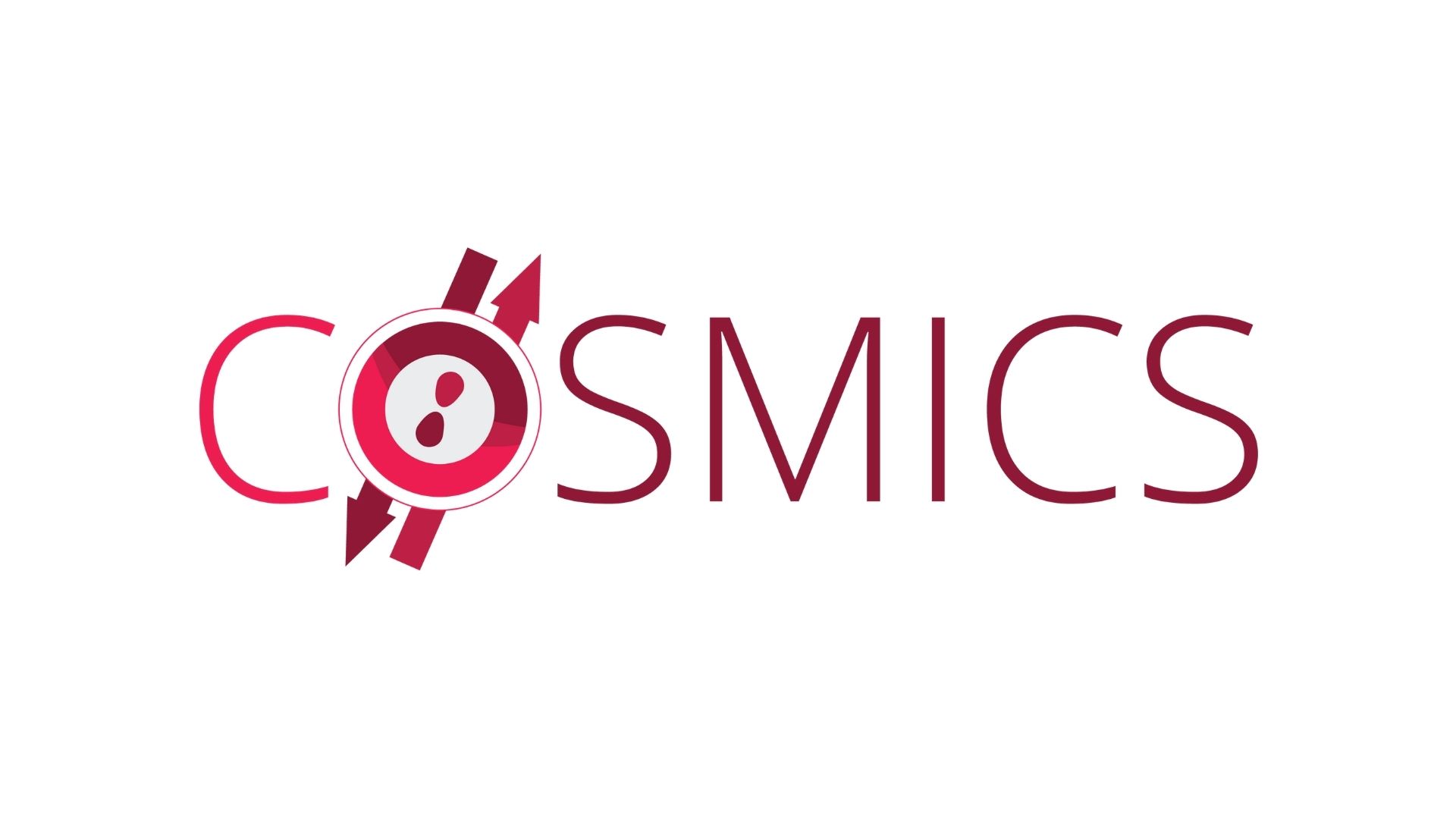
COSMICS is the result of a collaboration between chemists, experimental physicists and theorists from France (CEA/Université Paris Cité), Denmark (DTU, Synopsis), Germany (University of Kiel) and Spain (University of Valencia).
This project has received funding from the European Union under the “Horizon 2020” research and innovation program.
A European project driven by modelling
Cosmics was born from a collaboration between European experimentalists and theorists, specialists of molecular spintronics. It brings together six teams of physicists and chemists, including a software development company.
The COSMICS project is driven by theoretical and computational modelling. It aims at providing state-of-the-art and user-friendly modelling tools to a broad scientific academic and industrial community. COSMICS’ ambition is to develop a modelling platform around molecular spintronics and general concepts for efficient strategies to allowing to optimize the magneto-transport properties of materials and devices.
An interdiscipinary approach
The project is based on an interdisciplinary collaboration that involves expertise from theory-modelling groups, a software company, as well as experimental physicists and chemists. The approach will be to set up the basis for new spin-based nano-devices paradigms and materials with robust and enhanced properties that will fuel new ideas in the field of molecular spintronics.
Concepts and Tools in Molecular Spintronics
The novelty of the project is to combine and develop the most up to date modelling tools with cutting-edge well-controlled and calibrated experimental methods in order to unravel the fundamental mechanisms governing the magneto-transport properties in molecular spintronic systems. The modelling tools developed will further be integrated as a molecular spintronic toolkit into a user-friendly software proposed by a fast growing software company specialized in developing digital applications for the atomistic simulations of materials for technology development.
Have you ever heard about electron spin and its role in magnetism?
How can we use magnetic molecules and play with their spins?
How can we integrate magnetic molecules into electronic components?
How can quantum modeling help us understand existing materials and design new ones?
Find the answers in the video :
Project members : Cyrille Barreteau, coordinator – Service de physique de l’État condensé (CEA), Amandine Bellec – Laboratoire Matériaux et Phénomènes Quantiques (Université Paris Cité), Mads Brandbyge – DTU Physics, Troels Markussen – Synopsys Denmark, Eugenio Coronado & José Antonio Real – The Institute of Molecular Science (University of Valencia), Richard Berndt & Manuel Gruber – STM Group (University of Kiel).
Read more
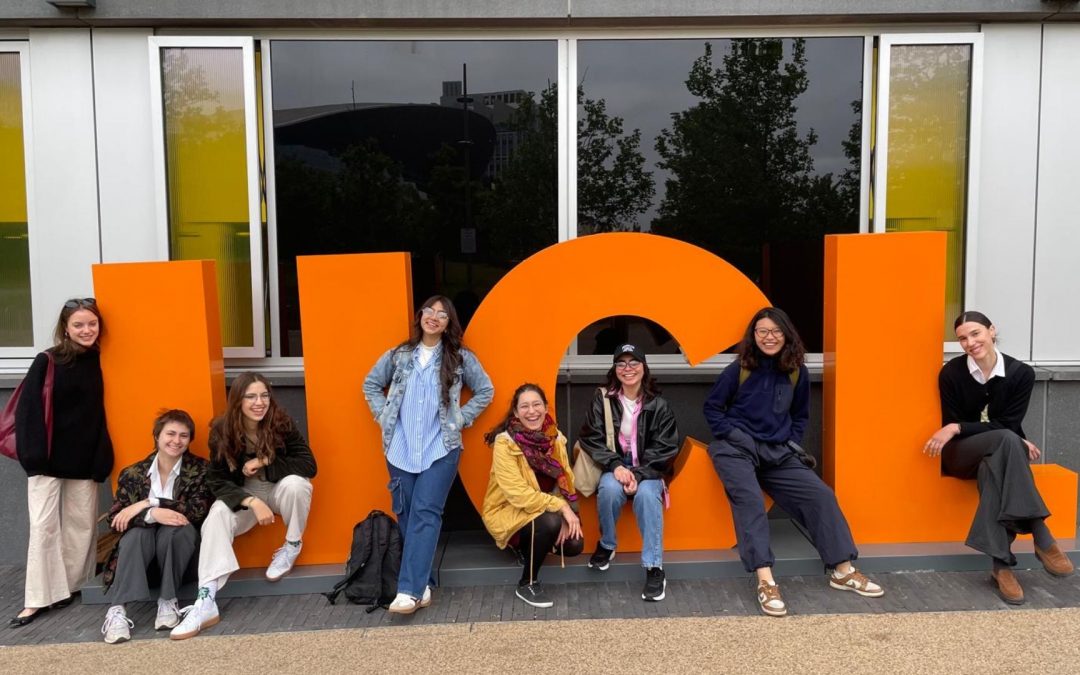
EURIP Master’s Students at University College London Hackathon

From Paris to Singapore: a visual retrospective of the exhibition
On the 16th of May, Université Paris Cité hosted the exhibition evening for the programme Singapore: a Nexus of Nature, Culture, and the Arts. Centred around creativity, intercultural exchange, and environmental reflection, the event showcased the work of around...
![[International PhD] The University of Toronto and UPCité launch a new joint call for proposals](https://u-paris.fr/wp-content/uploads/2025/06/Appels_a-1080x675.jpg)
[International PhD] The University of Toronto and UPCité launch a new joint call for proposals
The University of Toronto and the Université Paris Cité and are launching a joint call for proposals in order to further develop their research collaboration and doctoral program strength.
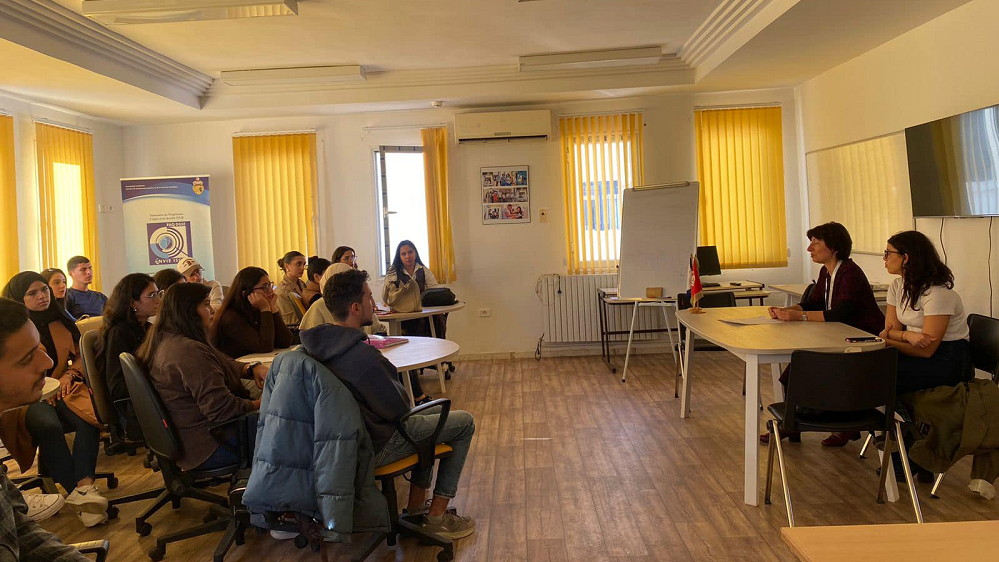
A partnership between the UNESCO Chair at Manouba University and the Sustainability, Organisations and Institutions Graduate School

Call for projects 2025 UPCité – King’s College London
The call for projects between Université Paris Cité (UPCité) and our privileged partner King's College London (KCL), has been launched this friday, May 9th 2025. The objectives Université Paris Cité and King's College London are offering offering a seed funding for...
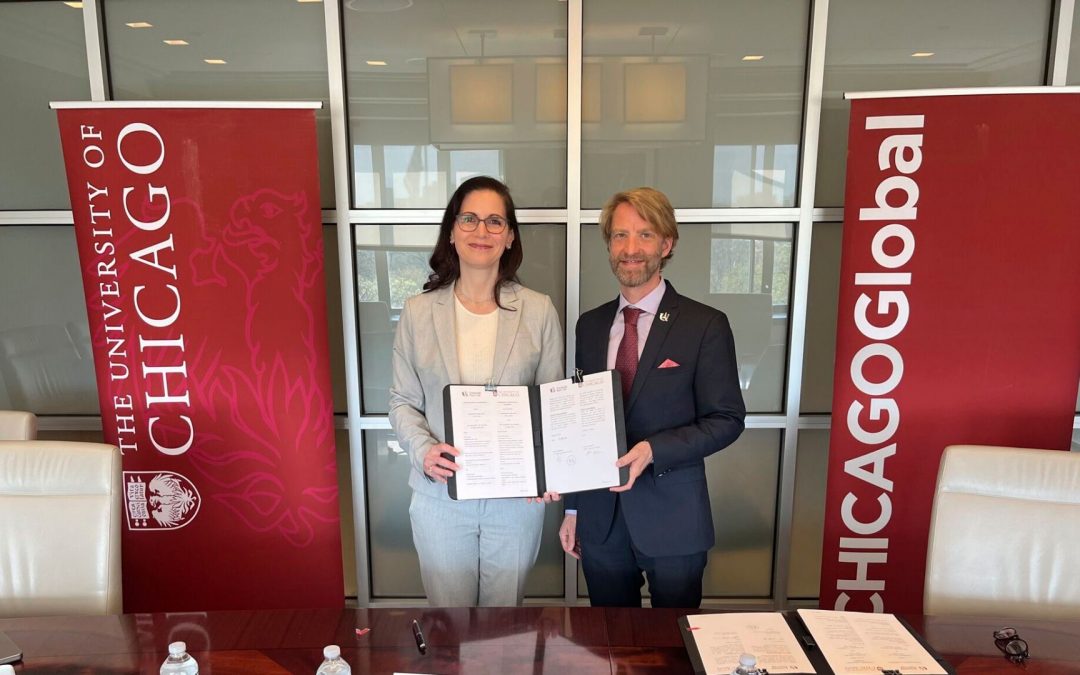
Signing of a New Agreement with the University of Chicago
On April 28, 2025, Université Paris Cité took a new step in its cooperation with the University of Chicago. Antoine Kouchner, Vice President for International Relations, traveled to Chicago to sign a Memorandum of Understanding (MoU) alongside Katherine Baicker,...

UM6P and UPCité Offer Two Joint PhD Scholarships
Mohammed VI Polytechnic University (UM6P) and Université Paris Cité (UPCité) are strengthening their collaboration by offering two joint PhD scholarships for thesis projects affiliated with one of UPCité’s Graduate Schools. This call aims to reinforce...
![[Circle U.] Seed funding scheme 2025](https://u-paris.fr/wp-content/uploads/2025/05/Fond-damorçage-Circle-U-1080x675.png)
[Circle U.] Seed funding scheme 2025
Each year, the Circle U. European alliance, of which Université Paris Cité is a member, launches a call for projects as part of its seed funding programme. Do you have a project that aims to strenghten international collaboration and drive bottom-up initiatives?...
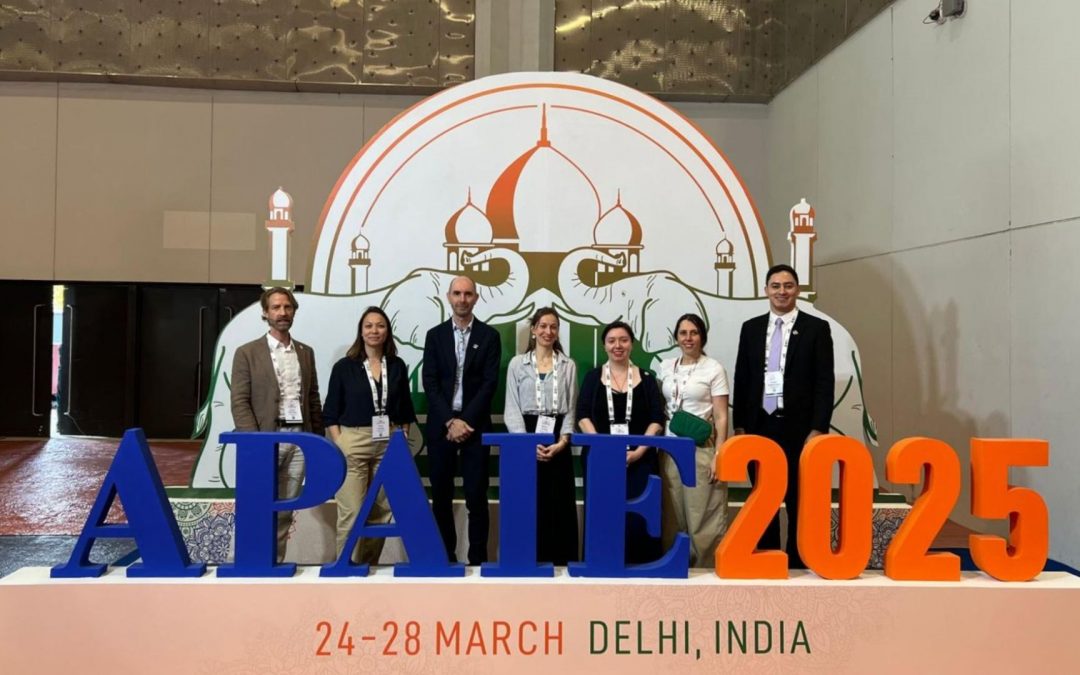
Université Paris Cité explores new cooperation opportunities in India
To mark the 25th anniversary of bilateral cooperation between France and India, a delegation from Université Paris Cité, led by Antoine Kouchner, Vice President for International Relations, went to India from March 24 to 28, 2025. This visit provided an opportunity to...

Support Female Entrepreneurship with Circle U.
Are you an aspiring entrepreneur? Do you want to prove that entrepreneurship is not just for men? Together, let's redefine the rules of entrepreneurship! Circle U. invites you to their events, organised from April 26 to 29, to take action for a fairer entrepreneurial...
